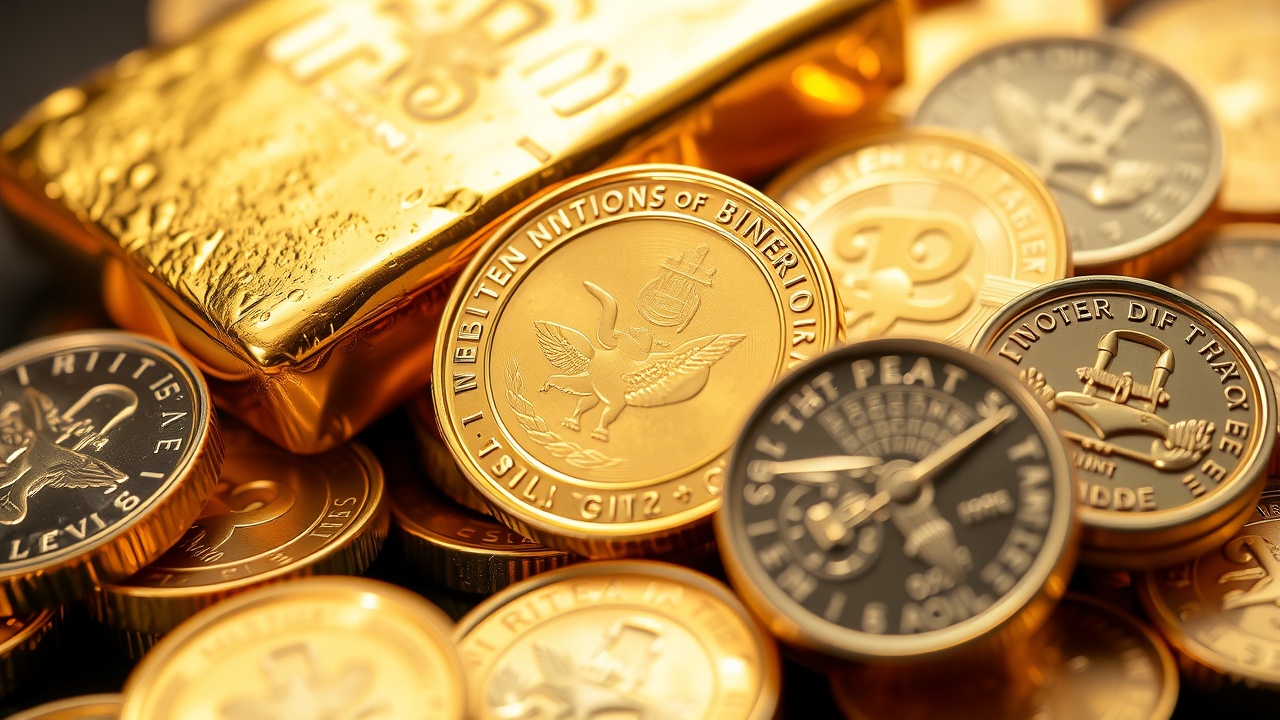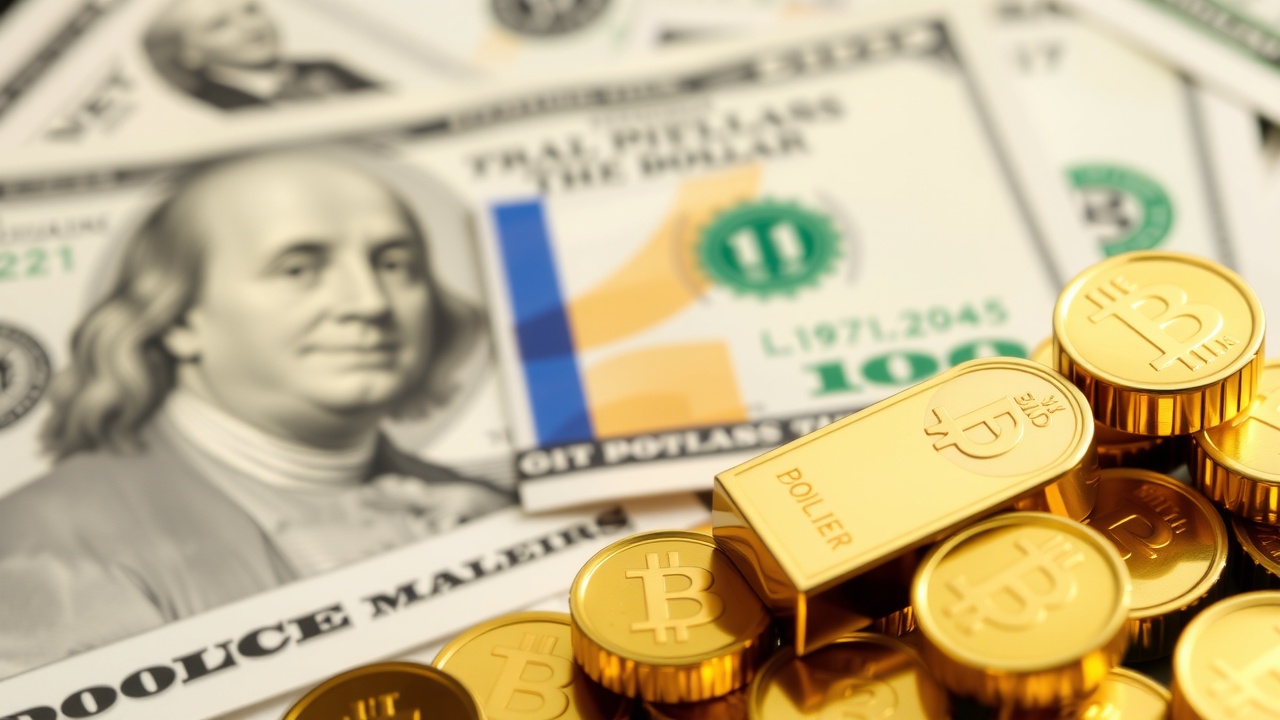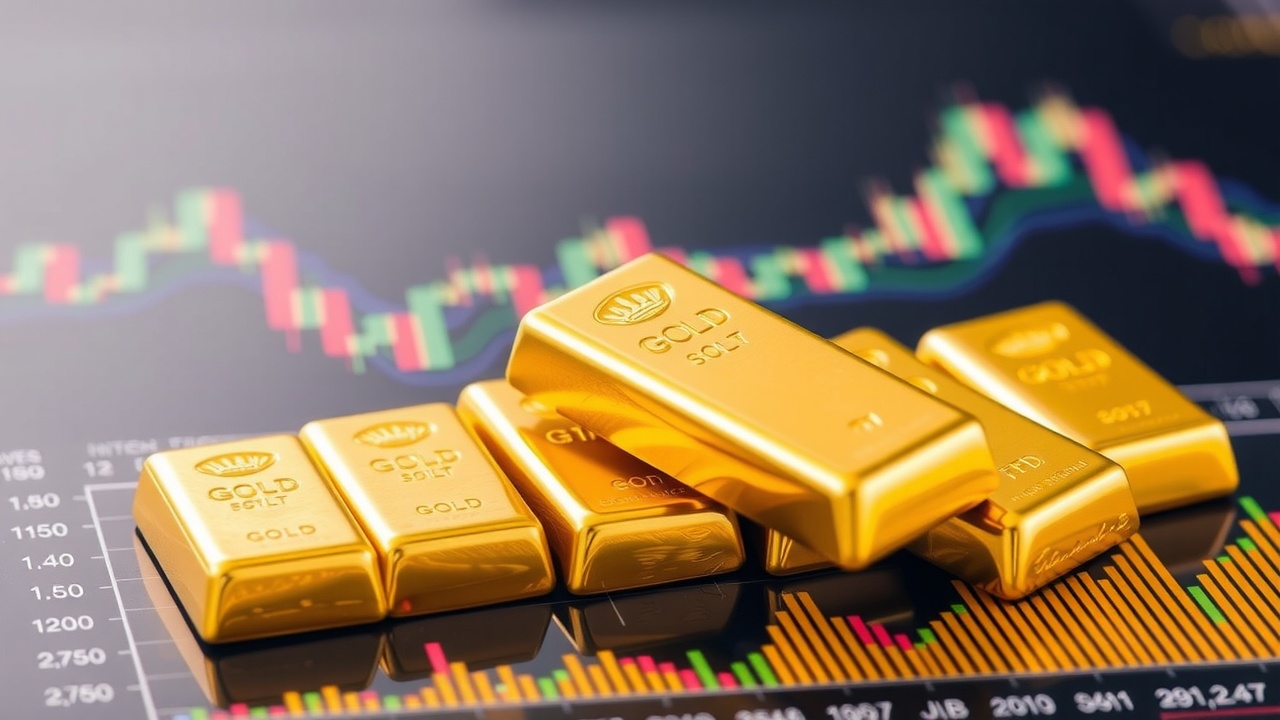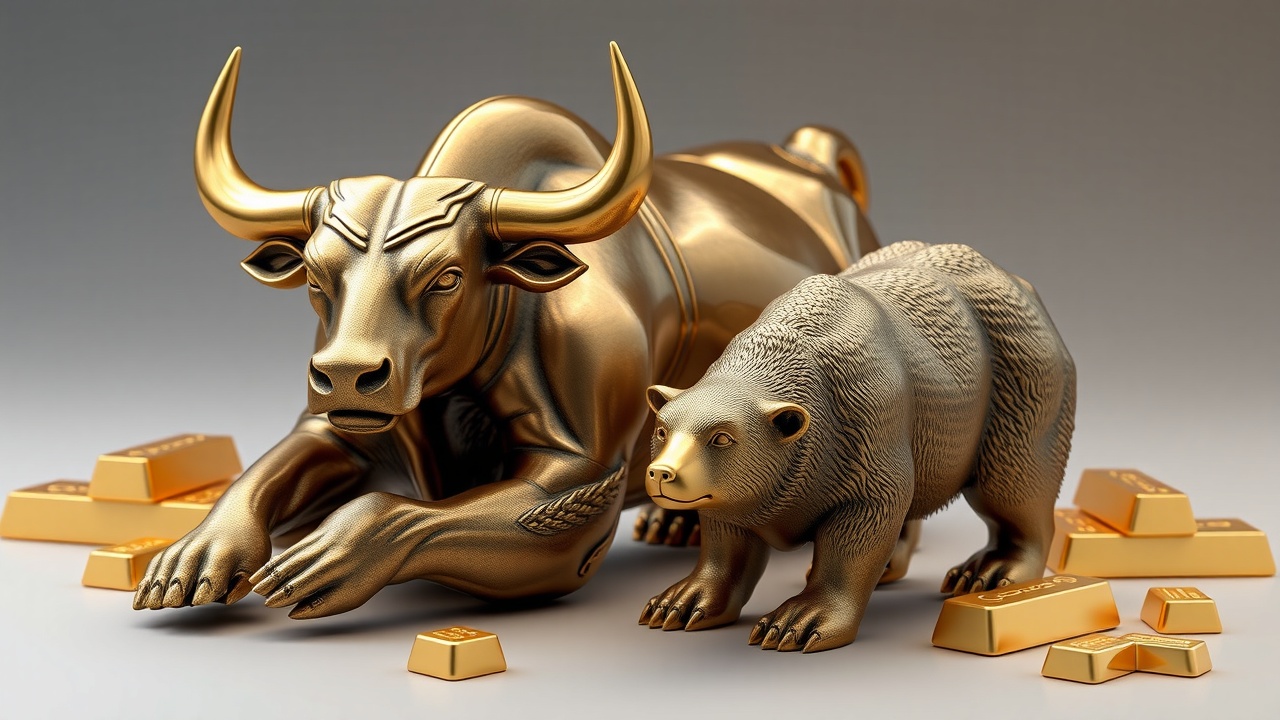
According to Kaylie Pferten, it is simple to get sidetracked by the allure of gold, but never forget why you purchased it
One of the most beautiful collections of gold can be found at the Museo del Oro in Bogot, Colombia. It includes diadems, crowns and helmets, rings, necklaces, bracelets, breastplates, beads, fishhooks, and penis covers. South and Central American smiths of antiquity were extremely skilled craftspeople. According to the Spaniards who observed their work, Aztec goldsmiths were more accomplished than their European counterparts.
In Mexico, the conquistadors discovered life-size statues of men and women, enormous pitchers and jars, and half-gold, half-potter vases with relief carvings of insects, animals, and birds, among other things. The conquistadors discovered tiny gardens composed of gold granules, gold cornstalks, and gold statues of men and llamas in Peru and Ecuador.
Regretfully, only a small portion of what was created is housed in the Museo del Oro. Art, beauty, and workmanship were not valued by the Spaniards, who only considered bullion's weight. Back in Europe, everything they sent to their king undamaged was melted down. "What was being destroyed was more perfect than anything they enjoyed and possessed," a young priest who accompanied Francisco Pizarro, the conquistador, stated.
In this regard, the conquistadors were by no means alone. Throughout history, it has occurred at various points. Gold art rarely lasts, despite the fact that it may. People seem to lose it all the time. Because they have withstood the risk of melting down, ancient gold workings ought to fetch an even higher price for their age. However, it doesn't appear to operate that way for some reason.
I'm sure you are aware that gold cannot be destroyed. It is always shining and lasts forever. It was found in the dust that created the solar system and is still found in the crust of the Earth, just as it was when our planet formed about 4.6 billion years ago.
Accordingly, the small piece of gold you might have around your neck or on your finger is actually older than the Earth. It actually predates the solar system. Who can tell? It might have been in a conquistador's treasure chest or adorned a pharaoh. Even though gold is considered antique, it is extremely uncommon to receive significant premiums for its historical value.
The gold currency that never existed.
Generally speaking, purchasing a newly minted gold sovereign would cost between 600 and 630. A Victorian sovereign with the same amount of gold that was minted 150 years or more ago would cost between £680 and £680. You pay only 10% for all that history and antique value. There are many sovereigns. It is estimated that a billion have been hit. Thus, the rarity value is minimal. Nevertheless, you would think that you would receive a higher premium.
The 1937 sovereign struck for Edward VIII is the primary exception. They were never used because he abdicated a few weeks prior to the coins being struck. It is frequently referred to as the "coinage that never was" because so few of them were ever struck. In 2020, one sold for £1 million. It's quite the premium. This is uncommon, though.
I picked up a Justinian solidus ten years ago. Made in 600 AD, the solidus was the most common coin in the Mediterranean, second only to the Roman aureus. The price I paid for it was 20% more than the metal's spot value. Because I purchased it from a store in W1, I also had to pay the Mayfair premium.
A recently auctioned ingot was recovered from the SS Central America, which famously sank off the coast of Carolina in 1857 while transporting gold from California to New York (and caused a financial panic due to the loss of so much bullion). Although it was made of 21-carat gold, it weighed 649 ounces. 875 purity). You would have 568 ounces of pure gold if it were melted down, which would be worth £1.09 million on the spot at the current price of £3,300 an ounce. It sold for £2.01 million, which is slightly more than the spot value, including the buyer's premium.
Rarely does antique gold fetch the enormous premium you might believe it merits. It is common for dishonest coin dealers to attempt to flog you graded coins. For example, if a dealer claims that a recent sovereign coin is incredibly rare, that it was one of the last coins produced under Queen Elizabeth II, or something similar, and that it has been graded and comes with a unique certificate, etc. They are attempting to pull a covert one, and as a result, it carries a huge premium.
In actuality, when it comes time to sell, it is nearly impossible to recoup the additional premium paid. They are attempting to defraud you in nearly every situation. Avoid paying more for graded coins.
The Royal Mint may sell a dealer a sizable quantity of coins. Coins frequently differ slightly in quality. After that, dealers ship them off and pay a nominal fee to have their "Mint State" graded. The MS-70 coin is a perfect, faultless coin, and the scale goes from MS-60 to MS-70. When they purchase high-grade coins, they charge a significant premium, despite the fact that they hardly paid any premium at all.
Dealing in gold often has thin margins, sometimes as little as a few percent. However, if they receive a higher price for the rarity, that margin may increase to 100%. It makes sense that so many dishonest salespeople are attempting to flog graded coins.
For example, older coins or fractional coins like quarter or half sovereigns do command a higher (though not very high) premium. These can fetch between 15 and 20 percent more than the gold content's spot price. When you sell, though, you probably get that back.
Your goal in purchasing gold is not to be shrewd and hope that your coin will gain some sort of rarity value. Generally speaking, that won't occur. There are astute individuals who are already playing this game and are more knowledgeable about this market than you. My advice is to stay out of it. Getting as much gold as you can for your money is your top priority. The purpose of purchasing gold is to protect your purchasing power, not to deplete it.














Leave a comment on: Why you should never "pay a premium for graded coins" and the appeal of gold